Allergy Induced Ear Infections in Dogs

How to Treat Allergy-Induced Ear Infections in Dogs: A Step-by-Step Guide
As a veterinarian, I often see dogs suffering from allergy-induced ear infections. These infections can be very painful and tend to recur frequently. In this post, I’ll walk you through a step-by-step guide to treat and prevent these infections at home.
What Causes Allergy-Induced Ear Infections?
Allergy-induced ear infections in dogs occur when allergies cause the skin barrier in the ear to break down. This leads to increased wax production and creates an environment where yeast and bacteria can grow, resulting in otitis (ear infection). The signs of an allergy-induced ear infection are similar to otitis externa.
Symptoms to Watch For
You’ll notice your dog shaking his head or scratching his ears. When you tilt their ear back, the ear canal may appear very red and inflamed, and you might see discharge. The area is usually painful to the touch. In some cases, the ear canal thickens, making it difficult to see inside.
Most dogs with allergic otitis also experience generalized skin inflammation, which can be seen in areas like the groin. You may notice redness, inflammation, or even small pustules or bumps. These infections often flare up seasonally, especially during allergy seasons when pollens are high.
Step 1: Treat the Ear Infection
Start by preparing a natural remedy to treat the ear infection. Here’s what you’ll need:
- 60 ml (¼ cup) of concentrated green tea
- 1 tablespoon of apple cider vinegar
To make the solution, steep a green tea bag for 15-20 minutes to make it strong. Once steeped, add the apple cider vinegar to the tea. Using a syringe (any size, 3ml or 20ml will work), draw a small amount of the mixture.
With your dog’s ear tilted back, place 5-6 drops of the solution into the ear canal. Gently massage the base of the ear so the solution works its way down. Repeat this twice a day for 10 to 14 days. Green tea is antibacterial and anti-inflammatory, while apple cider vinegar has antifungal properties. Together, they effectively treat yeast and bacteria while reducing inflammation.
For yeast infections, you can also use an over-the-counter antifungal like Canesten, which contains clotrimazole. Apply a small amount (about ¼ inch) into the ear and massage it in twice a day for 7 to 10 days.
Step 2: Address the Underlying Inflammation
To help reduce inflammation in the ears, I recommend one of these three options:
-
Licorice Root Extract: Licorice acts as a natural corticosteroid and can significantly reduce inflammation. The typical dose for dogs is ½ ml per 20 lbs of body weight twice a day for 14 days. Be sure to limit this treatment to 14 consecutive days.
-
Curcumin: Curcumin is a powerful anti-inflammatory. I recommend the bioavailable version, which is more effective. The typical dose is 50-100 mg per 10 lbs of body weight daily. For a 20 lb dog like Tula, I give one 60 mg capsule once a day.
-
CBD: Cannabidiol (CBD) is another great anti-inflammatory option. The typical dose is 3 mg per 10 lbs of body weight. Tula gets 2 drops (6 mg) once a day. CBD can also help manage underlying allergies.
Step 3: Treat the Underlying Allergy
To prevent future ear infections, it’s crucial to address the underlying allergy. Start by using an antihistamine. You can choose between conventional antihistamines like cetirizine (Zyrtec) or a natural option like nettle leaf. Both are effective at reducing allergic reactions.
- Cetirizine (Zyrtec): The typical dose is 0.5 mg per lb of body weight, given once a day. For a 20 lb dog like Tula, that’s 10 mg (one capsule).
- Nettle Leaf: This herb can be used in the form of tea. Steep ½ cup of concentrated nettle tea for 20 minutes and give it to your dog once a day. For Tula, I give her half a cup of the tea.
Additionally, ensure your dog has adequate levels of omega-3 fatty acids, which are vital for reducing inflammation. I give Tula a 500 mg krill oil capsule daily for her weight.
Another helpful supplement is bioactive quercetin, a flavonoid known for its antioxidant, anti-inflammatory, and immune-modulating properties. It helps manage allergies and inflammation. I recommend a dose of 50 mg per day for a 20 lb dog like Tula.
Lastly, consider beta-sitosterol, a plant sterol that has been shown to be effective for atopic dermatitis (a common cause of allergy-induced ear infections). I give Tula one 150 mg capsule daily for at least four weeks before assessing its effectiveness.
Conclusion
By following these steps—treating the ear infection, reducing inflammation, and addressing the underlying allergy—you can effectively manage your dog’s recurring ear infections. If you consistently apply these treatments, you’ll have a good chance of holistically preventing future infections.
Thank you for watching this edition of “Energy Secrets of Allergy-Induced Ear Infections in Dogs." Click the subscribe button and hit the bell for notifications. You can also download my free book by clicking the link below.




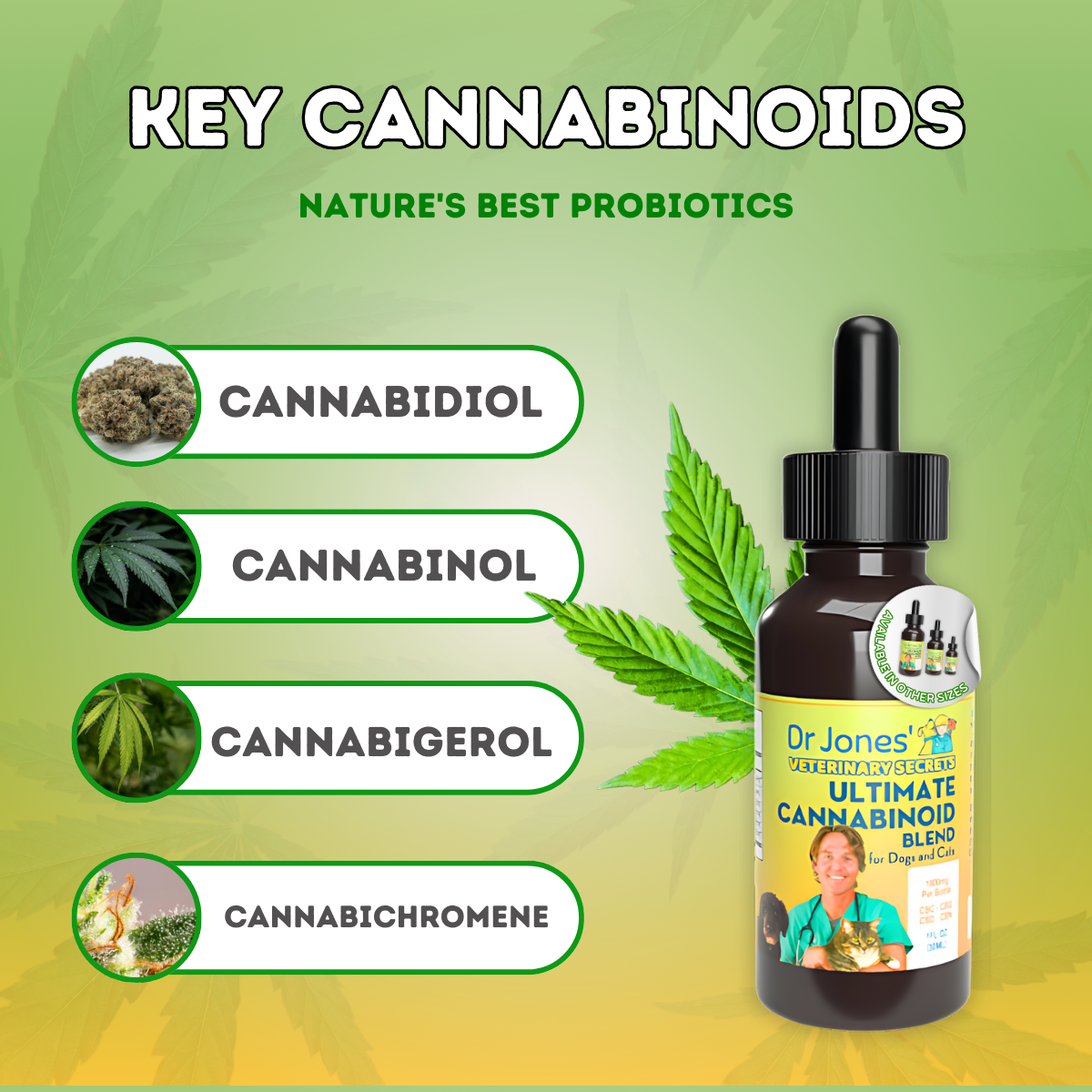
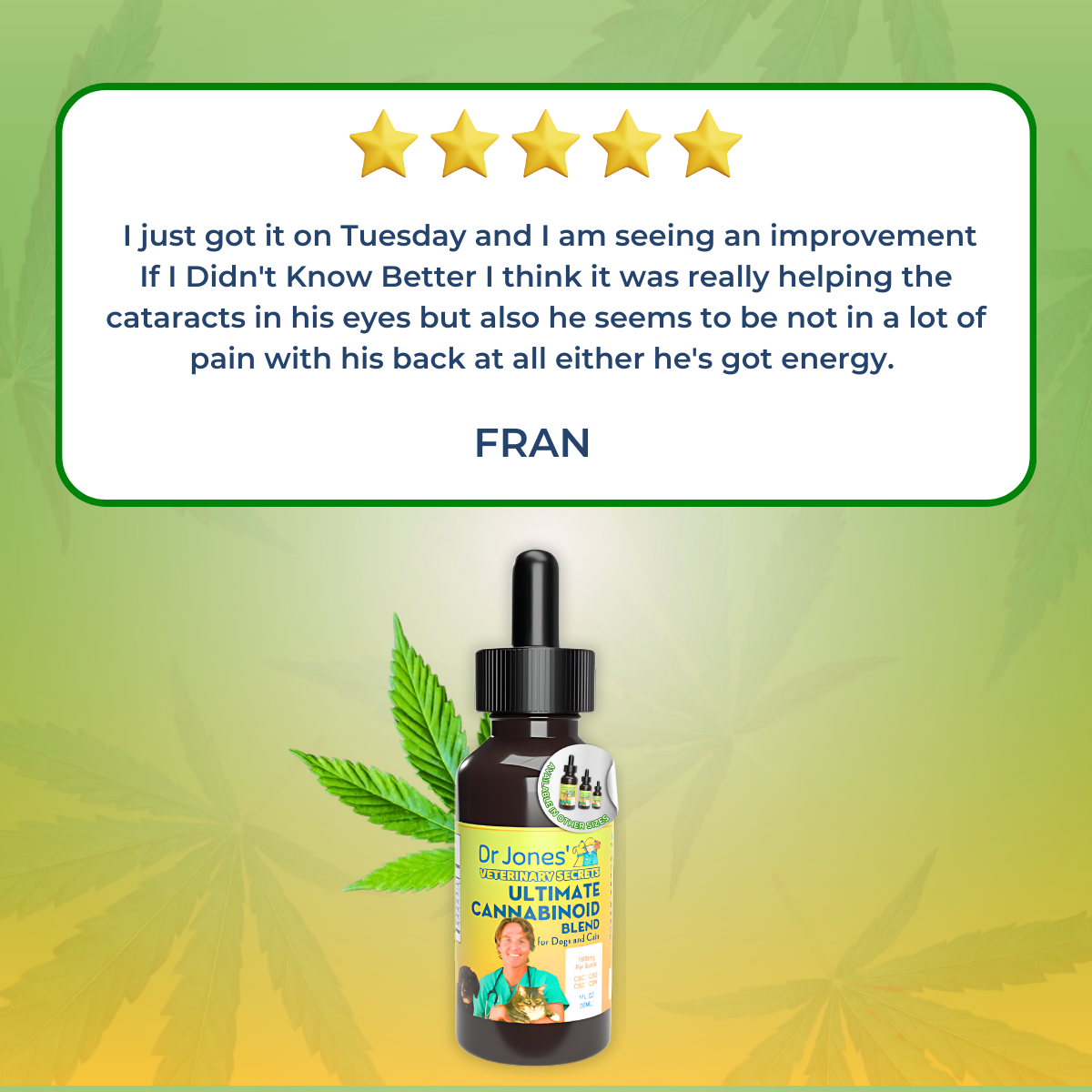
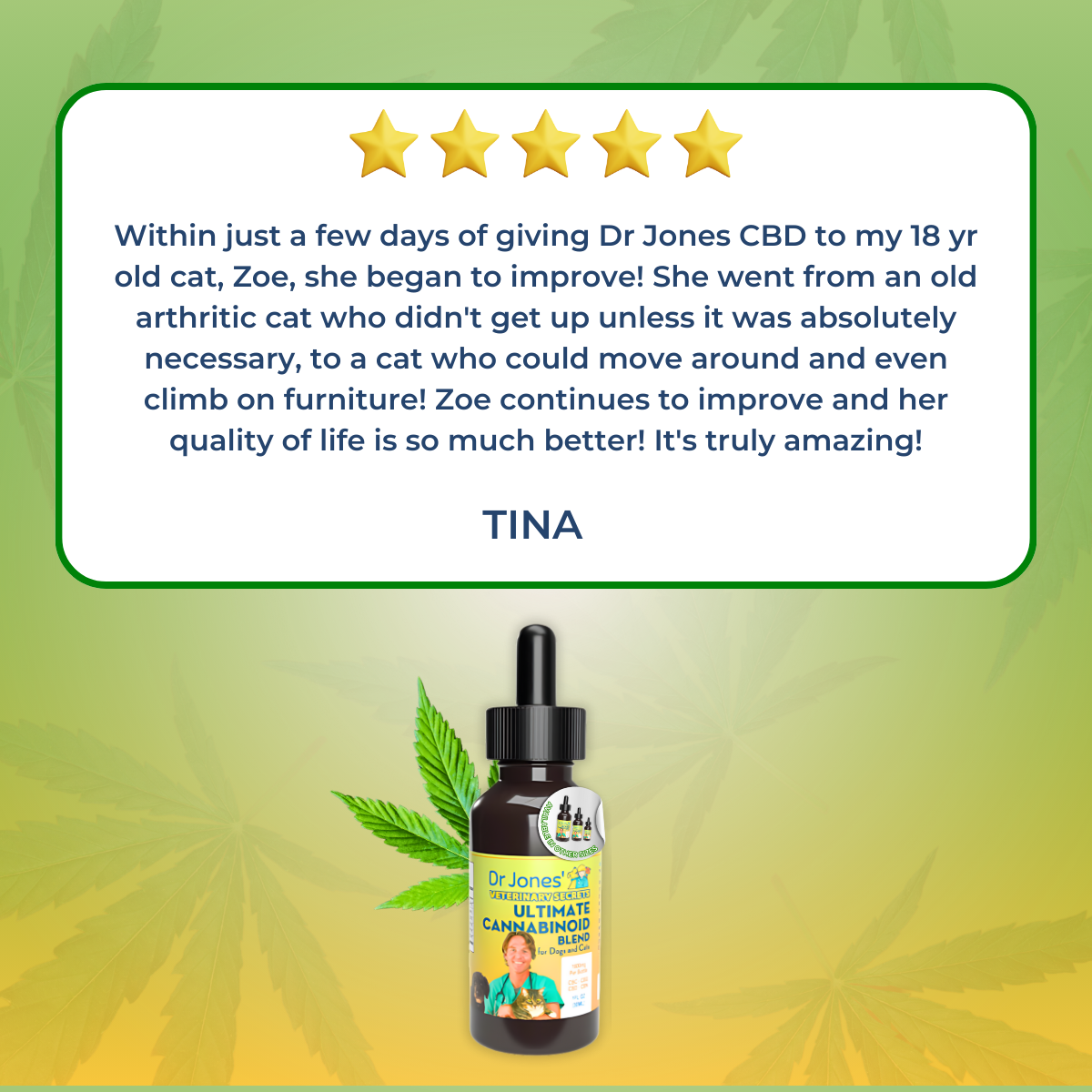
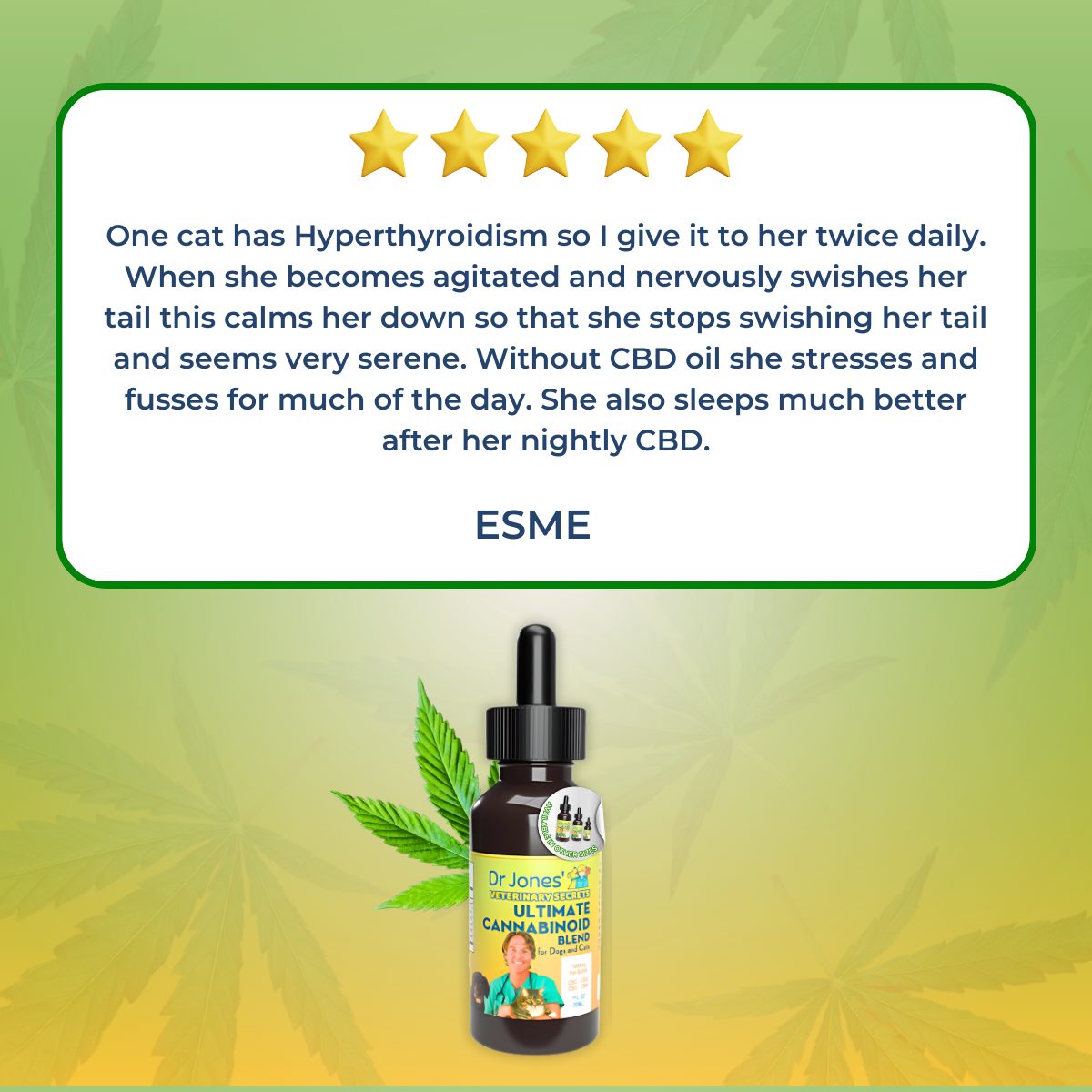
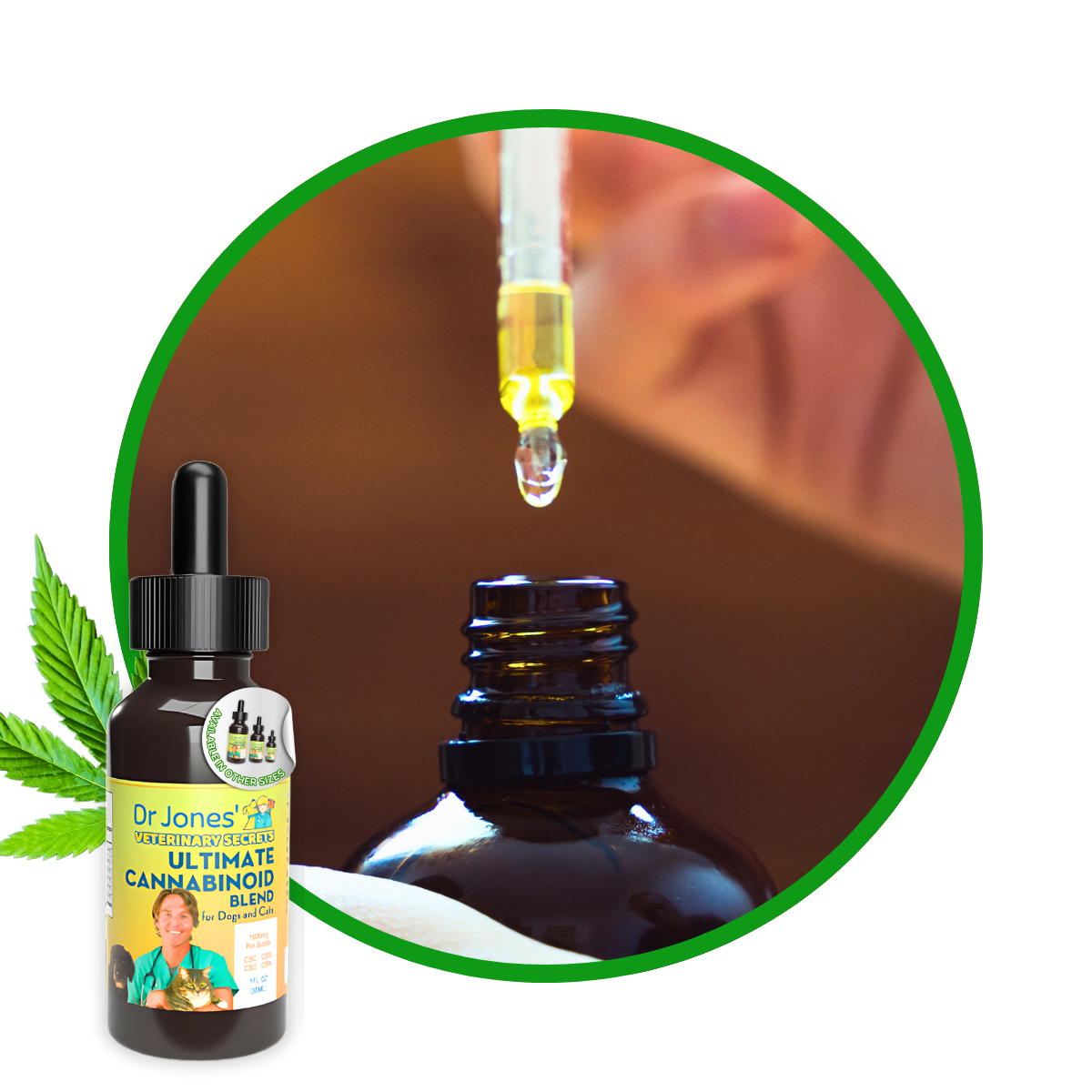

My pit bull has an ear infection in the left ear. This happens frequently
I have tried the mother vinegar and water mix and a dogs ear powder. I have also tried ear cleaner. Please help!
Here’s a video that you can try:
https://youtu.be/vuK5DlvJSpI